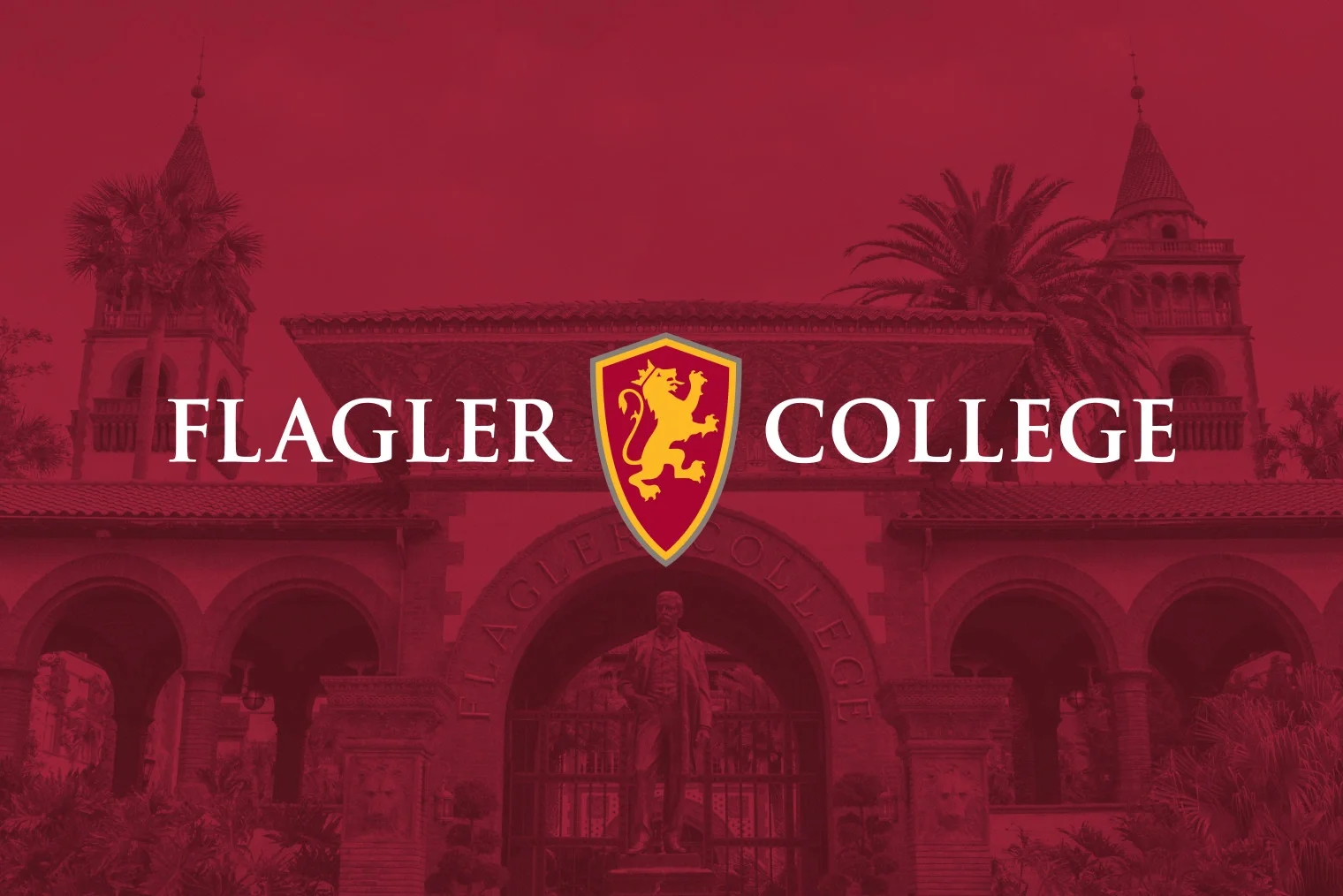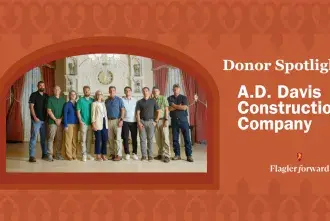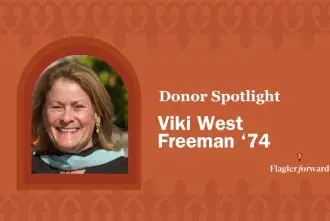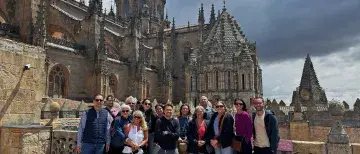
The Institute for Classical Education at Flagler offers a variety of seminars, professional development courses, and an annual summer workshop, all designed to enhance K-12 educators' skills in classical pedagogy. This "pilgrimage to Spain" is just one example of how the Institute inspires enriched teaching methodologies and fosters a deeper understanding of classical education.
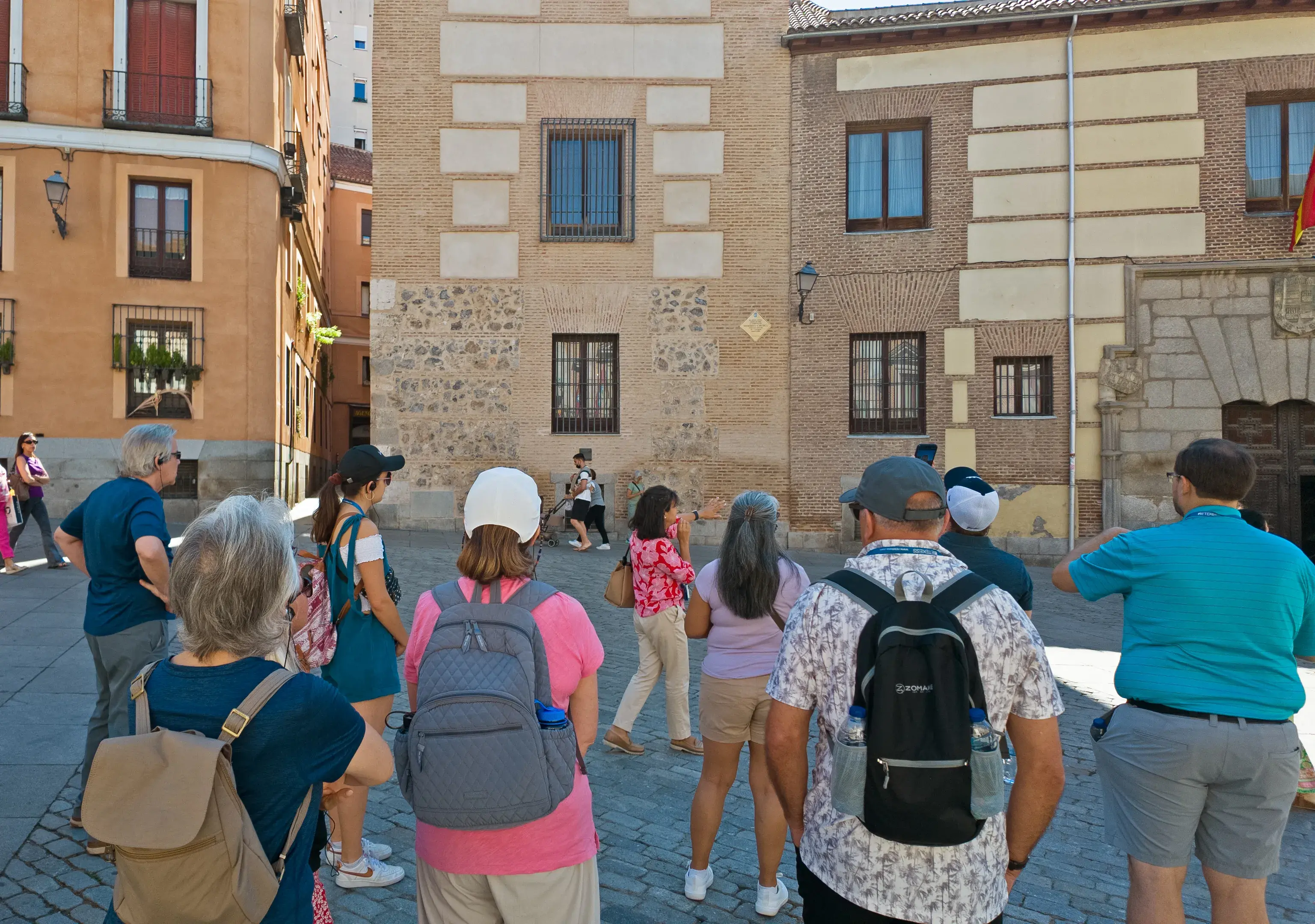
Walking tour through Madrid
"But not everyone can make a pilgrimage to Spain," Tim Johnson, a Craig and Audrey Thorn Distinguished Professor of Religion at Flagler, said.
Ideally located in the heart of St. Augustine's historic downtown, the Institute acts as a vibrant hub for teachers and heads of schools to learn and connect with fellow classical educators from across Florida and beyond.
"When we talk about ancient places, you can, however, take a walk through the campus of Flagler College," Professor Johnson said. "Walk into the Rotunda, pass through the garden area, and you'll get a sense of the order and beauty that comes to us from the classical [tradition]."
The Spanish influence inherited by our campus was the inspiration for this nine-day journey through ancient Spanish cities like Madrid, Toledo, and Avila.
the
"We've been traveling around Spain to different cities to discover the origins of our culture, our history, our art, and the relationship it has with St. Augustine in Florida," Sylvia Delafuente, a local Spanish teacher and the groups' trip tour guide, said. "As teachers of classical studies, it's very important for them to have a wide background and knowledge about the history, the art, and the evolution of everything related to the classical studies."
The trip began in Segovia, a city that trip faculty leader Professor Johnson has long dreamed of visiting for a glimpse of its ancient Romanesque Aqueduct.
"It's a metaphor for classical culture... simple and strong, a combination of utility, function, and beauty," he said.
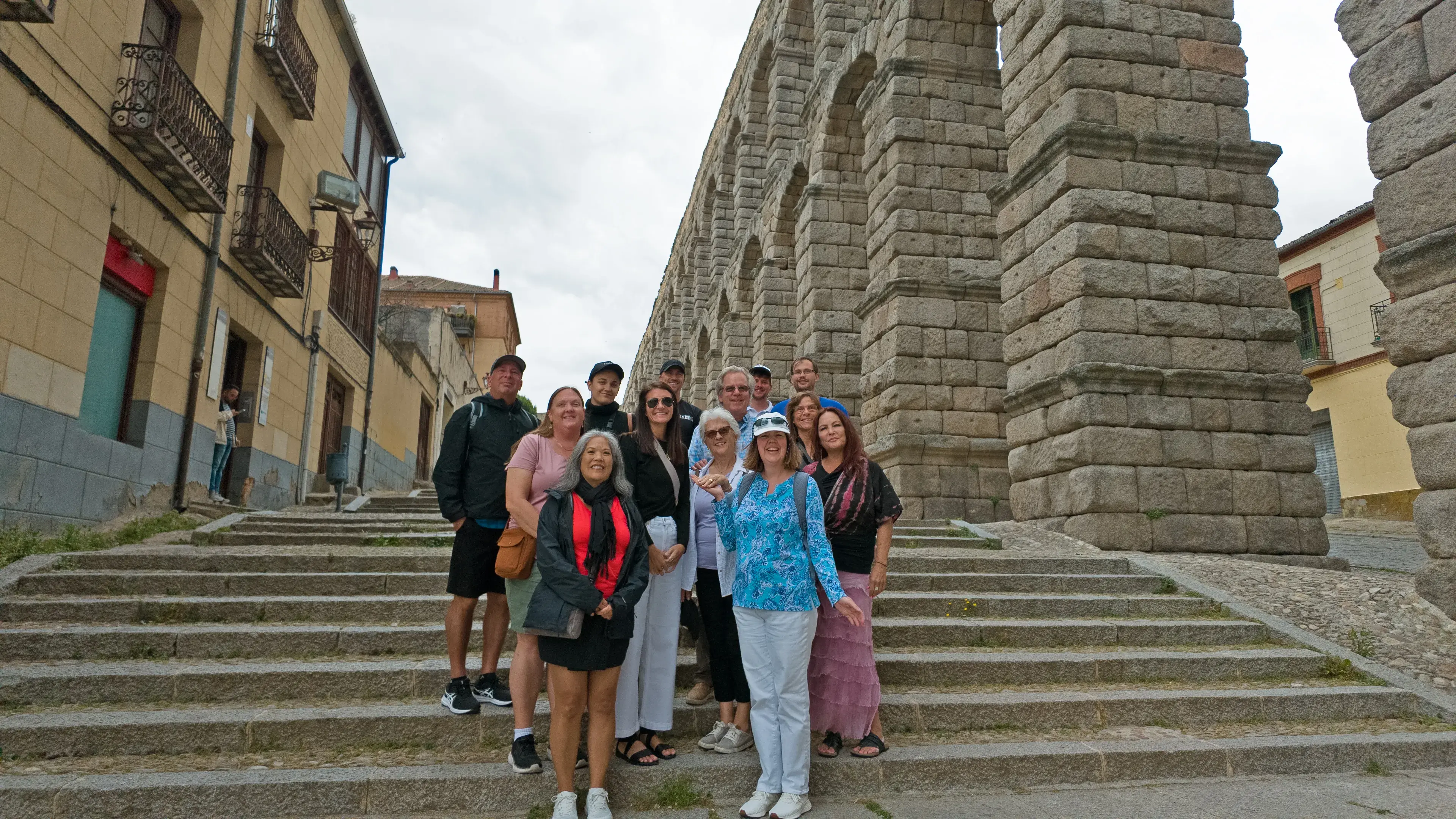
Group at the Aqueduct of Segovia
Professor Johnson provided academic expertise throughout the trip alongside Rob Jackson, a senior research fellow with the Institute for Classical Education. As a research fellow, Jackson works to explore, identify, and promote the best programs and ideas that have germinated over the past decade in the field of K-12 classical education.
He saw this immersive visit to Spain as an exploration of the historical roots in classical education with special tie to St. Augustine's Spanish influence. In Toledo, Jackson explained the dynamic interchange of Christian, Jewish, and Islamic cultures who worked to bring the works of Aristotle into Europe.
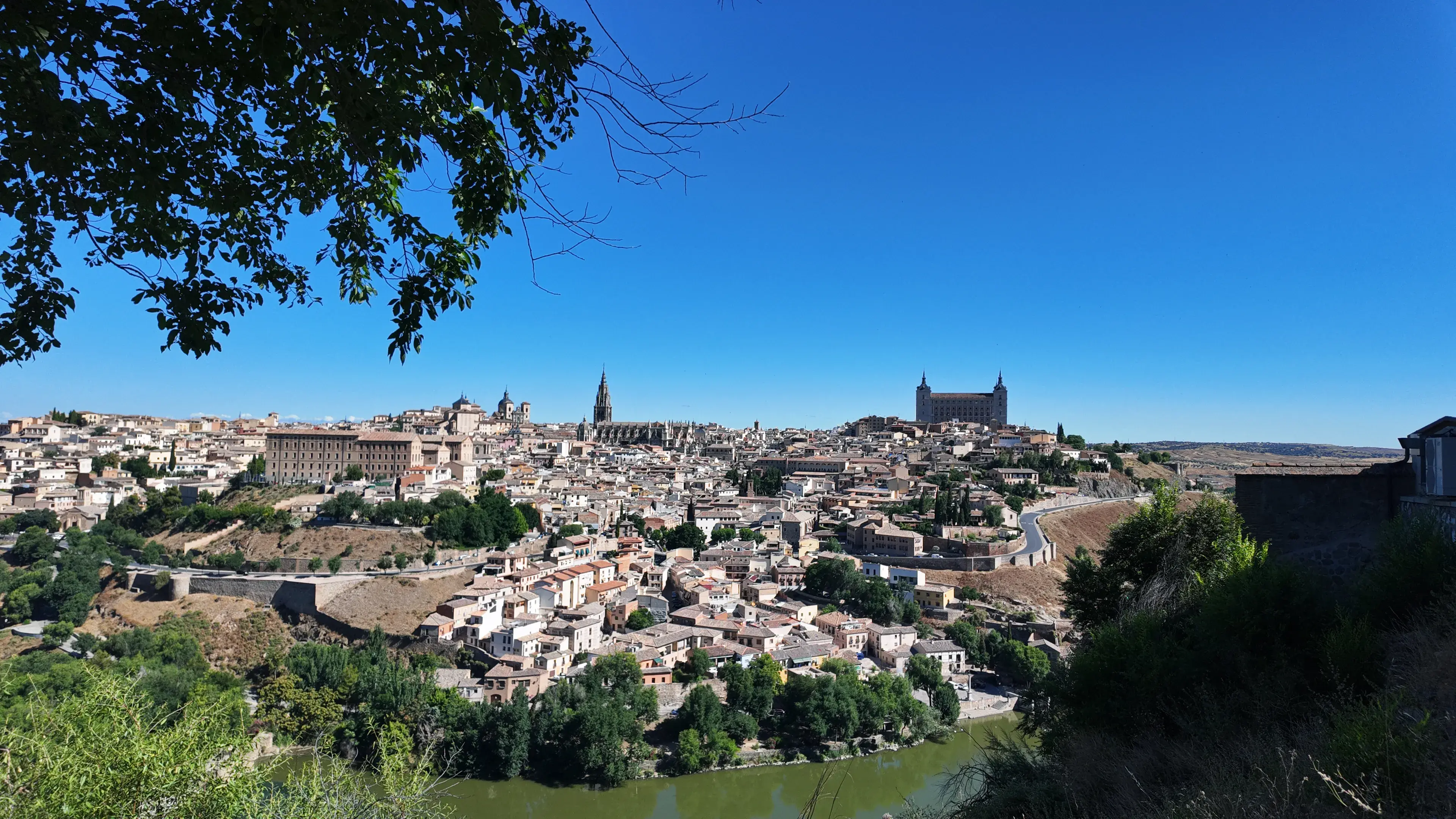
Landscape view of Toledo
"When we speak about classical education and the liberal arts tradition, we're talking about [places] like Toledo," he said. "Here we find the convergence of various cultures, religions, languages, all around a common pursuit of excellence, truth, and of goodness."
Jackson was struck by the immediate impact this atmosphere had on the classical educators who were on the trip.
"I've been delighted to hear their conversations because they're struck by the beauty," he said. "They recognize the tradition and the history, and they're fascinated by the ways in which it is far more varied and complex than we often think."
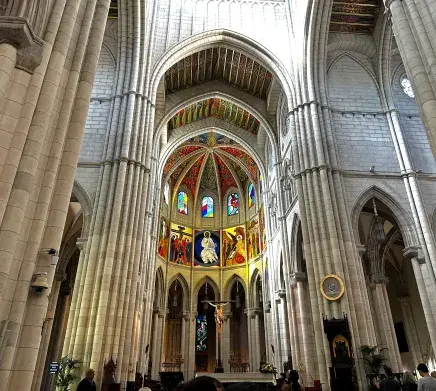
For example, visiting the Spanish cathedrals in Salamanca deepened participants' appreciation for the classical element of beauty. James Carter, a teacher at Jacksonville Classical Academy, referenced the intentional design of "these massive cathedrals" to guide eyes upward toward the light pouring through stained-glass art.
"When you look up and see the arches and light, it's the light of truth and beauty," Carter said. "I think more than anything else, seeing that the structure, function, and beauty all working together to create a transcendent experience for anyone that walks in there, that's something that I would love to do for every lesson that I have."
The trip was more than a historical tour for these educators; they viewed it as a platform for professional growth and an experience that re-shaped some of their teaching philosophies. Principal of Jacksonville Classical Academy, Nick Barker, said the opportunity to learn about another country's art, architecture, culture, and religious worship gifted an expanded perspective they could take back to their students at home.
"We want our team, and specifically our students, to be thinking beyond what's right in front of them," Barker said.
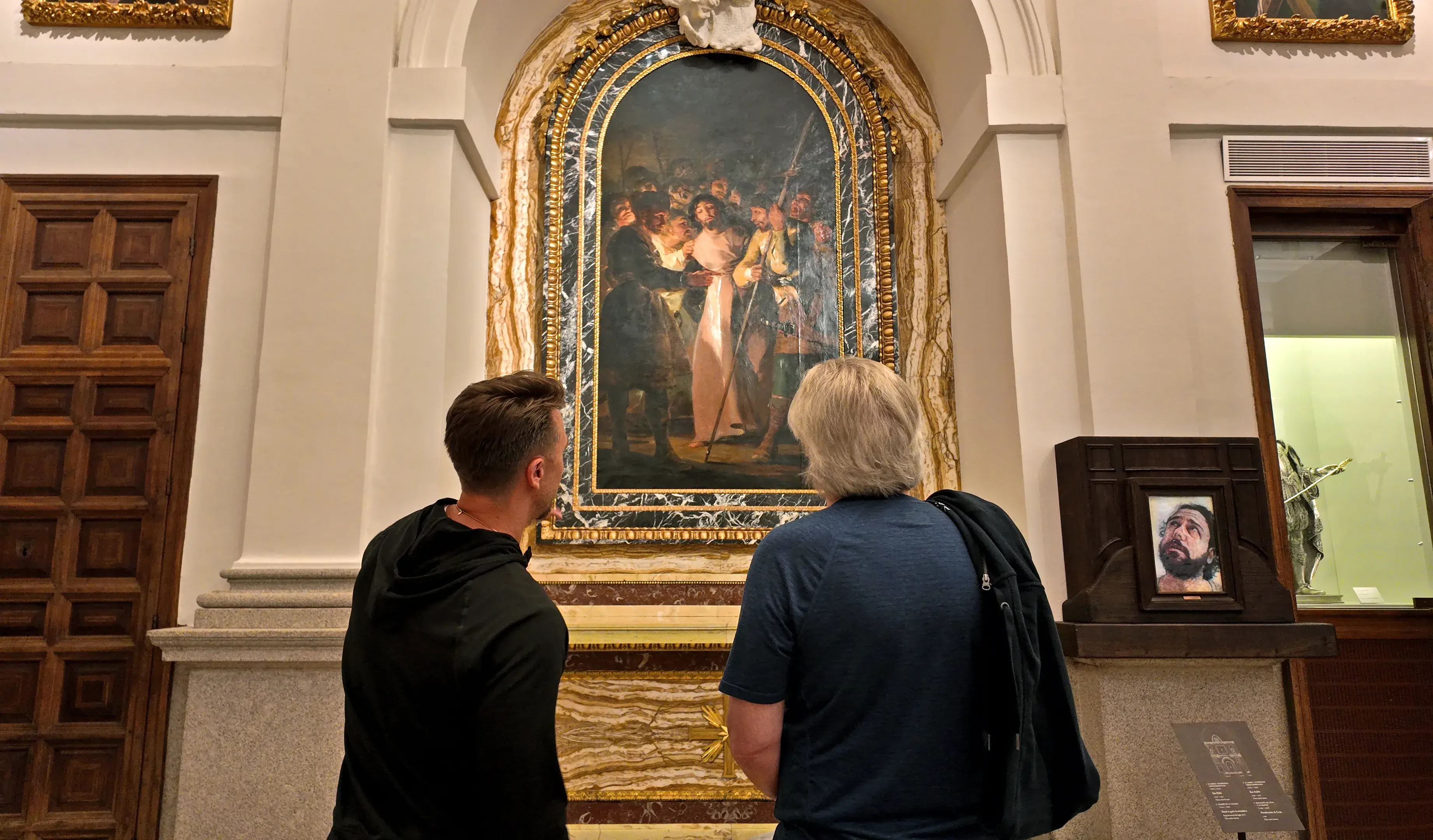
Barker (left) & Johnson (right) discussing artwork
Similarly, Brittany Blakey, a teacher at Cornerstone Classical Academy, said she truly valued the opportunity to be immersed in what she teaches beyond the texts she utilizes.
"I got to go live those statements and lessons," Blakey said. "I hope that [this experience] shifts the conversation I get to have with my students in the classroom, how I speak to them, how I inspire them, how I incite wonder and joy and excitement to go live life."
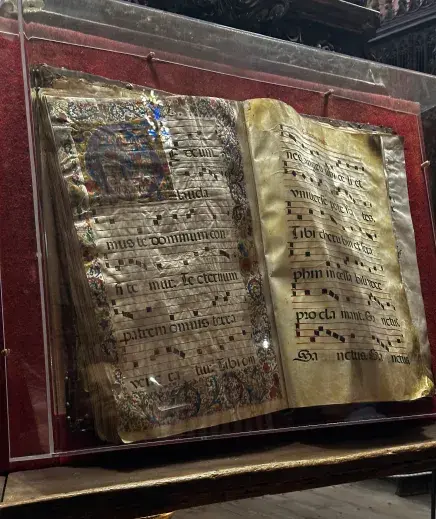
Underscoring the "axiom that place precedes text," Professor Johnson noted that the classical texts these educators often utilize in their instruction "are a product of" places like Spain where ancient philosophers and theologians lived.
"To really understand and probe the depths of a text, it's absolutely important to understand the place or places from which it emerged," he said.
Beyond place as context, Johnson asserted that "our identities emerge from the places where we are." He sees this as an integral understanding in the pursuit of classical education.
"We want to introduce students, and all of us are students, into the places that will give us this intuition, this sense of place that we can then begin to transform our own thought," Johnson said.
